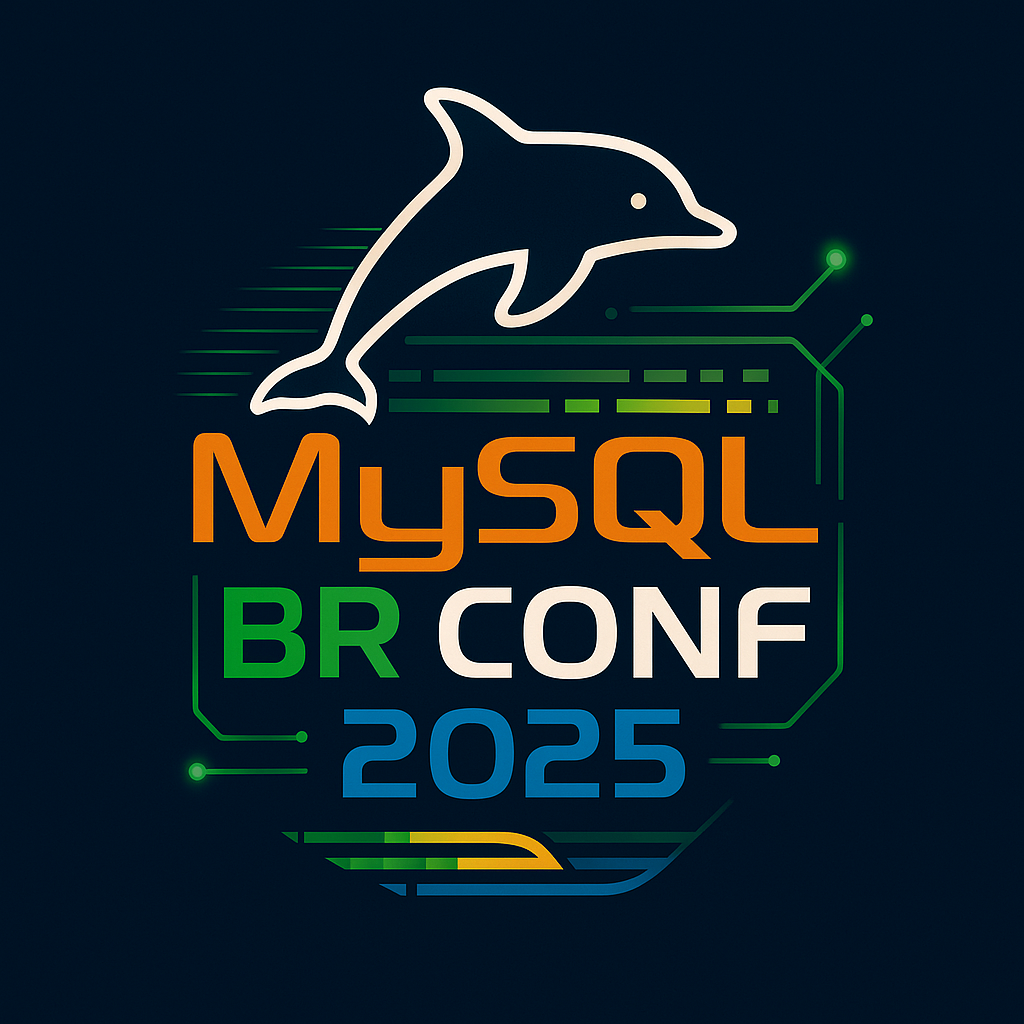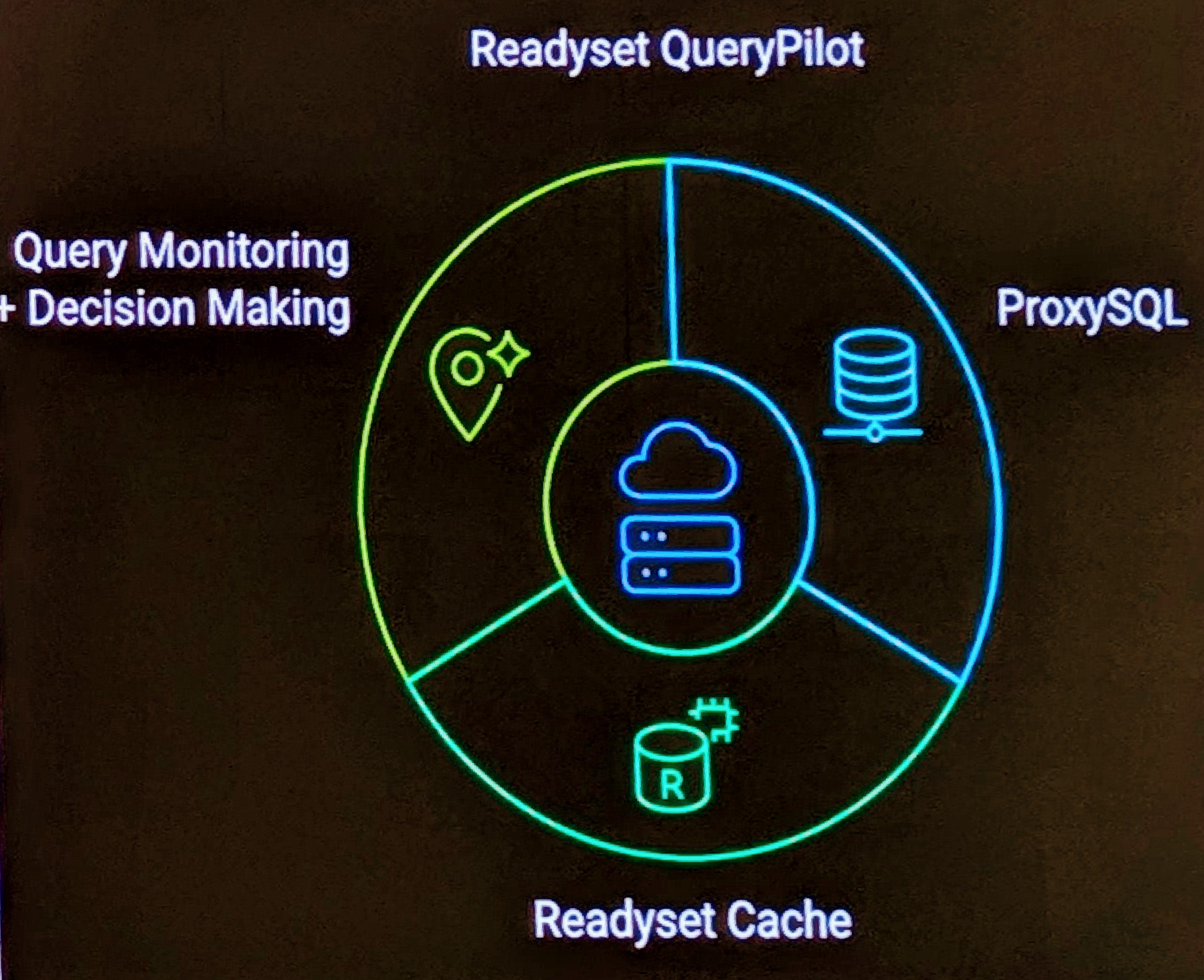
I’ve been reading Spring in Action as part of reskilling in Spring Framework and Hibernate. The rationale of this was, I wanted a better testing capacity of my web apps, and after some review of a number of options and input from other colleagues I went down the Spring path.
Now, Spring throws a lot of new terms at you,Aspect Oriented Programming (AOP) and Inversion of Control (IoC), and it takes some time to get into the application. A Hello World example is not a simple thing, with a number of moving parts. Still no pain, no gain. The obvious change in this development path was a significant increase in XML which started to concern me.
After some more reading and examples, I came increasing worried that I’d opened a can of worms. I choose Spring to ensure betting testing capability, but instead at this time, the verdict is out. The reason is XML. There is a lot of it, and now additional testing of this is necessary. It’s necessary to ensure consistency between XML and Classes, and most importantly, from my work to date, there is a certain amount of complexity in the XML/Class coupling. While it’s a loose coupling, the ability to test incorrect or invalid Spring XML, but valid XML beckons.
![]() In some defense, springs provides an abundance of functionality and integrations with Other Web Frameworks such as JSF, Taspetry, WebWork and Structs, ORM Persistence Frameworks such as Hibernate, JDO, iBATIS, OJB, but when it comes down to it, I’m left thinking, it takes a lot more to get started in Spring, to get productive. It all seems anti KISS and anti YAGNI.
In some defense, springs provides an abundance of functionality and integrations with Other Web Frameworks such as JSF, Taspetry, WebWork and Structs, ORM Persistence Frameworks such as Hibernate, JDO, iBATIS, OJB, but when it comes down to it, I’m left thinking, it takes a lot more to get started in Spring, to get productive. It all seems anti KISS and anti YAGNI.
Putting aside my initial impression after about 4 weeks, my latest order of books
from Amazon arrived, and while waiting for an X-Ray yesterday, I pulled out Beyond Java. It was interesting that some comments where:

- The many frameworks designed to simplify the Java development experience do make more experienced Java developers more productive, but make the learning curve too steep for those new to Java.
- Tremendous tools like Hivernate and Spring can let you build enterprise-strength applications with much less effort. But it can take a whole year to confidently learn how to wield these tools with skill.
- AOP can also help, by letting you write plain old Java objects (POJOs) for your business rules, and isolated services in prepackaged aspects like security and transactions.These abstractions, though, make an ever rising river for a novice to navigate.
This all adds up to one thing, Complexity, when we should be working towards Simplicity. Why is it harder to write code, surely with all these advances it should be easier to write code, in fact why are we still writing code. You have to wonder when the next jump in the technology will occur.
Then again, we are still driving inefficient cars after 100 years when there are better and more efficient alternatives.


